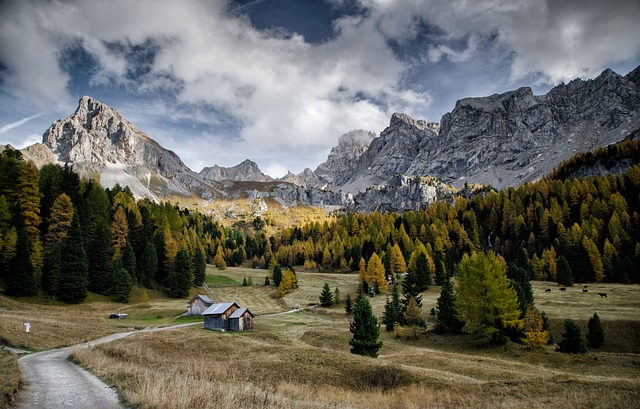Building intentional communities focused on agriculture is a growing trend aiming to preserve rural traditions amidst rapid urban development. These communities strengthen bonds through shared knowledge and resources, foster environmental stewardship, and support local economies by emphasizing access to land and affordable real estate. The real estate industry can drive local food movements and community strengthening through strategic land development, creating spaces for community gardens, farmers' markets, and agricultural hubs. Urban agriculture initiatives transform underutilized urban areas into green spaces integrating sustainability and community engagement, with developers and governments playing key roles in identifying suitable sites for agricultural use.
In today’s digital age, communities are reconnecting with their agricultural roots, fostering a vibrant movement that transcends urban boundaries. This growth is driven by shared values and a desire to create sustainable food systems. This article explores three key aspects of this resurgence: how shared agricultural values build strong communities, the role of real estate in nurturing local food movements, and the creation of urban agriculture spaces. By examining these elements, we uncover strategies to strengthen bonds and cultivate thriving, resilient communities.
Building a Community Around Shared Agricultural Values

Building a community centered around shared agricultural values can be a powerful force for fostering connection and sustainability. In today’s fast-paced world, where urban development often outpaces rural traditions, intentional communities are emerging to preserve and celebrate agricultural heritage. These communities are more than just farms; they’re hubs of like-minded individuals united by a passion for growing food, supporting local economies, and nurturing environmental stewardship.
By prioritizing access to land, affordable real estate options, and collaborative efforts, these communities create fertile ground for shared knowledge, skills, and resources. Whether through community gardens, farmers’ markets, or cooperative farming practices, residents actively participate in the entire agricultural lifecycle. This shared experience not only strengthens the community’s bond but also ensures a resilient food system that benefits both people and the planet.
The Role of Real Estate in Fostering Local Food Movements

The real estate industry plays a significant role in fostering local food movements and strengthening communities with agricultural roots. Strategic land development and urban planning can create spaces that encourage sustainable farming practices and support local food systems. By designing areas dedicated to community gardens, farmers’ markets, and agricultural hubs, real estate professionals contribute to the growth of vibrant, self-sustaining neighborhoods. These green spaces not only provide fresh produce for residents but also cultivate a sense of community, promote healthy lifestyles, and reduce environmental impact.
Additionally, real estate developers can facilitate the preservation of agricultural land by implementing strategies that protect open spaces from urban sprawl. Preserving farms and rural landscapes ensures the continued availability of locally sourced food, strengthens economic ties within the community, and preserves cultural heritage. Collaborating with local farmers and food advocates, real estate agents can market these properties as assets for sustainable living, attracting individuals and families who prioritize fresh, local produce and a deeper connection to their food sources.
Creating Sustainable Spaces for Urban Agriculture Initiatives

Urban agriculture initiatives are gaining traction, transforming underutilized spaces into vibrant green oases within bustling cities. This trend presents a unique opportunity to integrate sustainability and community engagement in urban planning. Real estate developers and local governments play a pivotal role in fostering this growth by identifying and designating areas suitable for agricultural use, such as rooftops, vacant lots, or unused public lands. By integrating eco-friendly practices and innovative designs, these spaces can become thriving hubs that not only provide fresh produce but also contribute to environmental conservation and community building.
Creating sustainable spaces requires careful consideration of factors like soil quality, water management, and energy efficiency. Developers can collaborate with local farmers and green experts to implement organic farming techniques, vertical gardening, or hydroponic systems tailored to the specific site. These initiatives not only beautify urban landscapes but also empower residents by offering access to fresh, locally grown food, fostering a deeper connection to nature, and strengthening community ties through shared agricultural experiences.






